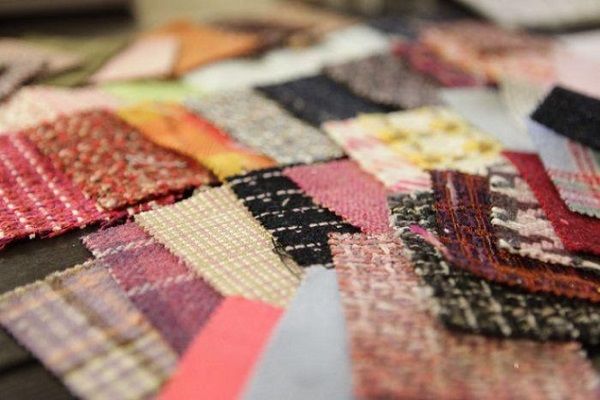Site: Home > Home > News and events
The Confederation of Indian Textile Industries said that soaring cotton prices have affected the Indian textile industry, and Indian cotton has lost its competitiveness.
Currently, domestic cotton prices in India are higher than the global market. India's benchmark S-6 cotton variety traded at an average price of Rs 70,000/kander (Rs 197/kg) in December last year. That compares with ICE cotton futures at 113.63 cents a pound (187 rupees a kilo). Cotton prices in India were higher than international prices for the first time since the 2021/22 union budget was released, resulting in uncompetitive exports and exporters facing difficulties in meeting export commitments and taking further orders. This is because cotton has an import tax of about 11% after the budget.

As seed cotton is at an all-time high, Indian farmers have not delivered new cotton, leading to a shortage of domestic cotton supply and a surge in cotton prices. Although cotton farmers have benefited from higher prices, the industry has been unable to pass on the price increases to end customers as domestic cotton prices have exceeded international prices.
After the spinning mills kept the yarn prices unchanged during the peak period of the new cotton harvest, they are now finally under pressure to raise the yarn prices. Generally speaking, spinning mills usually have 3-4 months of cotton inventory ready at the end of December each year, but the inventory is less than a month now. Unusual rains during this year's harvest have severely affected cotton quality, resulting in a severe shortage of high-quality cotton in India. In December and January of last year, the daily market volume of new cotton in India was 230,000 to 250,000 bales, but this year it was only 162,000-180,000 bales. As of December 31, 2021, only about 12.1 million bales of new cotton entered the market, compared to the usual 17-20 million bales in previous years. In the first three months of this year (October-December), India's domestic cotton consumption was about 8.5 million bales, another 1 million bales were exported, and 1.5 million bales were in circulation, resulting in a drop in cotton inventory levels.
Copyright 2022:Qinsun Instruments Co., Limited
High-end textile tester supplier Email:info@qinsun-lab.com | Textile Testing Equipment pdf | Tel:021-67800179 |